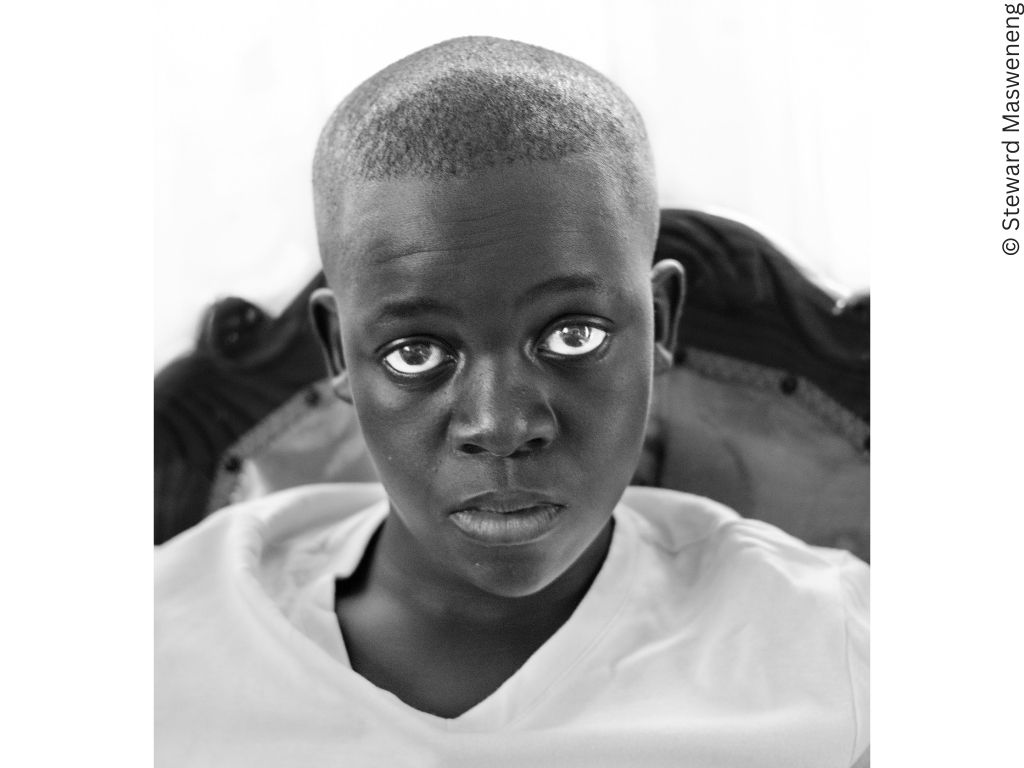Writing Generative Black Anger in Young Adult Historical Fiction
Laura E. Jacquemond examines how writers of Black characters in YA historical fiction portray their protagonists, channeling their anger to positive ends in dangerous situations.
DOI:
https://doi.org/10.58091/geke-7c29Keywords:
creative writing for young people, historical fiction, African American studies, anger, social justiceAbstract
In the face of social injustice and racism, Black people in the United States must be careful about showing strong emotions publicly. The label ‘angry Black person’ is often used by white Americans made uncomfortable by displays of anger by Black citizens. Historical fiction with Black characters immerses the young reader in an era and can show them how Black Americans may have reacted emotionally when confronted with unfairness, and unjust practices. Autumn Allen, Kim Johnson, and Michelle Coles have all written historical fiction featuring male protagonists, and in this article, I examine how they portray their main characters, who channel anger to positive, generative ends in difficult and even dangerous situations. While considering anger from different perspectives, such as the inner struggle, power dynamics and historical agency, I also analyse the positioning of anger within the narrative structure, so that writers can make better decisions when deciding where to place the emotion in their novels; this will also allow me to better structure my own work-in-progress.

Downloads
Published
Issue
Section
License
Copyright (c) 2025 Laura E. Jacquemond (Author)

This work is licensed under a Creative Commons Attribution-NonCommercial 4.0 International License.
CCBY-NC-4.0

